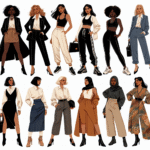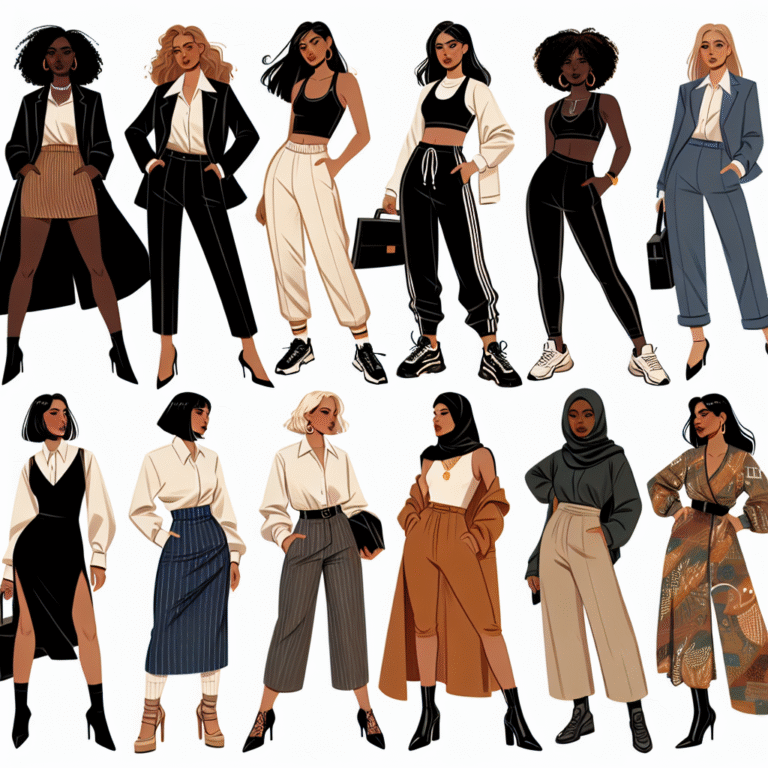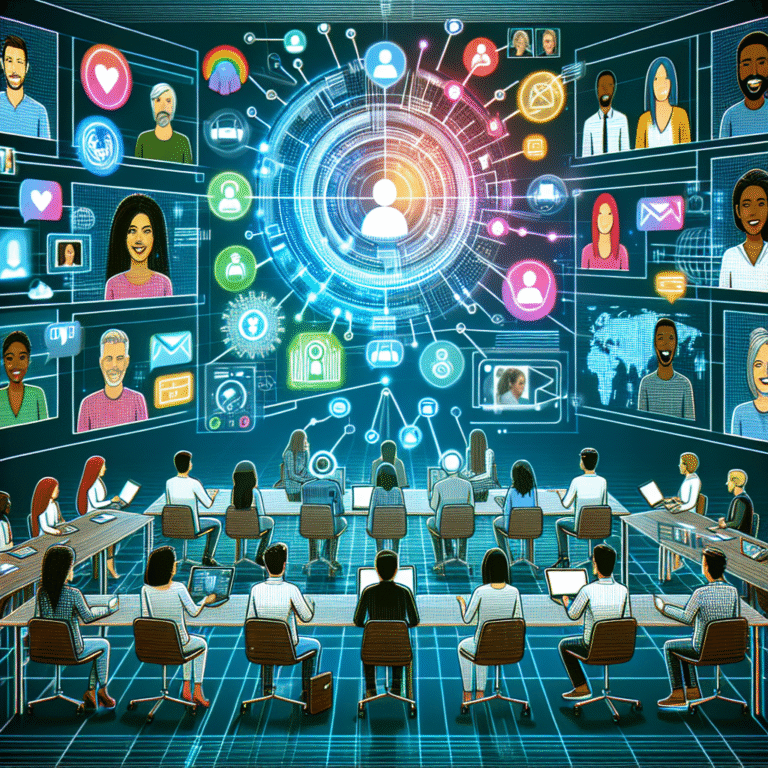
Introduction
In today’s world, the conversation about equality is more pressing than ever. Despite significant advances in gender equity, women continue to grapple with invisible inequities that hinder their career advancement. These subtler forms of discrimination often manifest in biases, stereotypes, and systemic barriers that are not always immediately visible but have profound implications for women’s professional growth. In this article, we will explore the nuances of invisible inequities: how gender discrimination affects women’s career advancement, revealing the barriers that persist in the workplace and highlighting actionable solutions that can pave the way for a more equitable professional landscape.
The Landscape of Gender Discrimination
Understanding Invisible Inequities
Invisible inequities often refer to the unspoken, systemic barriers that women face in the workplace. Unlike overt discrimination, which can be easily identified and addressed, these subtler forms of bias may include workplace cultures that undervalue women’s contributions, failing to provide adequate mentorship, or even societal expectations that pressure women to prioritize family over career.
Case Study: The Tech Industry
The tech industry is a prime example of how invisible inequities play out. A 2020 report from the National Center for Women & Information Technology revealed that women hold only 26% of computing jobs. Many women in tech experience "imposter syndrome," a pervasive feeling of self-doubt often reinforced by a male-dominated environment. This feeling can significantly impact their willingness to pursue promotions or leadership positions.
Analysis
The findings in this report are crucial in understanding how societal and industry-specific pressures create a cycle of underrepresentation. When women see fewer role models in leadership, it perpetuates the belief that they do not belong in those roles.
Subtle Barriers to Advancement
Microaggressions and Their Impact
Microaggressions, defined as everyday verbal or behavioral slights, can significantly impact women’s career progression. These are often not intended as insults but can accumulate over time, leaving women questioning their abilities and worth.
Examples of Microaggressions
- Commenting on a woman’s appearance during professional meetings.
- Interrupting women more frequently than men in discussions.
- Taking credit for a woman’s ideas or contributions.
The Role of Mentorship
Mentorship can be a powerful tool for career advancement, yet many women struggle to find mentors who understand their unique challenges. A study from McKinsey & Company found that women are 24% less likely to receive advice from senior leaders than their male counterparts.
Visual Insight: Gender Disparity in Mentorship
| Gender | Likelihood of Receiving Mentorship |
|---|---|
| Men | 57% |
| Women | 43% |
Analysis
The disparity in mentorship availability speaks volumes about the systemic issues that persist in organizations. Mentorship is not just a way to gain knowledge; it is also about visibility and connection within a professional environment.
Analyzing Systemic Barriers
Organizational Culture
Workplace culture can either empower or stifle women’s career growth. A culture that prioritizes long hours or "face time" may disadvantage women who also carry caregiving responsibilities.
Table: Factors of Workplace Culture
| Factor | Impact on Women |
|---|---|
| Work-Life Balance | Critical for retention |
| Recognition | Often skewed towards men |
| Promotion Criteria | May overlook women’s contributions |
Pay Inequity
Pay inequity remains a glaring issue. According to a PayScale report, women earn approximately 79 cents for every dollar a man makes. This wage gap can discourage women from seeking promotions or negotiating for raises.
Case Study: The Gender Pay Gap
In a longitudinal study conducted by the Gender Pay Gap Project, researchers found that women who negotiate their salaries are often penalized in ways that their male counterparts are not.
Analysis
This case study highlights the detrimental effects of a culture where women are discouraged from advocating for themselves, perpetuating a cycle of invisibility and inequity.
Addressing the Invisible Inequities
Strategies for Women
- Seek Out Mentors: Identify individuals in your field who can provide guidance, support, and visibility.
- Negotiate With Confidence: Equip yourself with data about salary benchmarks to make strong cases for raises.
- Build a Network: Create connections with other women and allies to foster a support system.
Organizational Changes
To combat these invisible inequities, organizations should:
- Implement Bias Training: Education on conscious and unconscious biases can help mitigate microaggressions and discrimination.
- Revamp Promotion Criteria: Create transparent guidelines for promotions that equally weigh contributions from all genders.
- Encourage Work-Life Balance: Policies that support flexible work hours can accommodate both career aspirations and personal responsibilities.
Conclusion
Invisible inequities are a persistent barrier to women’s career advancement, thriving on the subtleties of bias and systemic obstacles. Ultimately, addressing these issues requires a concerted effort from both women and organizations. By recognizing and challenging these inequities, we can create pathways for women to thrive professionally, paving the way for a more inclusive future.
Actionable Takeaway
In the fight against gender discrimination, awareness is the first step. Advocate for yourself and others, identify the invisible barriers that exist within your environment, and strive for meaningful changes that promote equity.
FAQs
1. What are invisible inequities?
Invisible inequities are subtle, systemic barriers that prevent marginalized groups, particularly women, from achieving equal career advancement opportunities.
2. How does gender discrimination manifest in the workplace?
It can appear as microaggressions, lack of mentorship, pay inequity, and organizational cultures that undervalue women’s contributions.
3. What can organizations do to promote gender equity?
They can implement bias training, revise promotion criteria to be more inclusive, and create a culture that supports work-life balance.
4. How can women overcome barriers to career advancement?
Women can seek mentors, negotiate salaries confidently, and build supportive networks to empower themselves professionally.
5. What’s the importance of mentorship in career advancement?
Mentorship provides essential guidance, networking opportunities, and visibility, helping women navigate challenges in predominantly male environments.
By shedding light on invisible inequities, we not only address a critical issue but also inspire a movement toward a more equitable professional landscape for all women.















